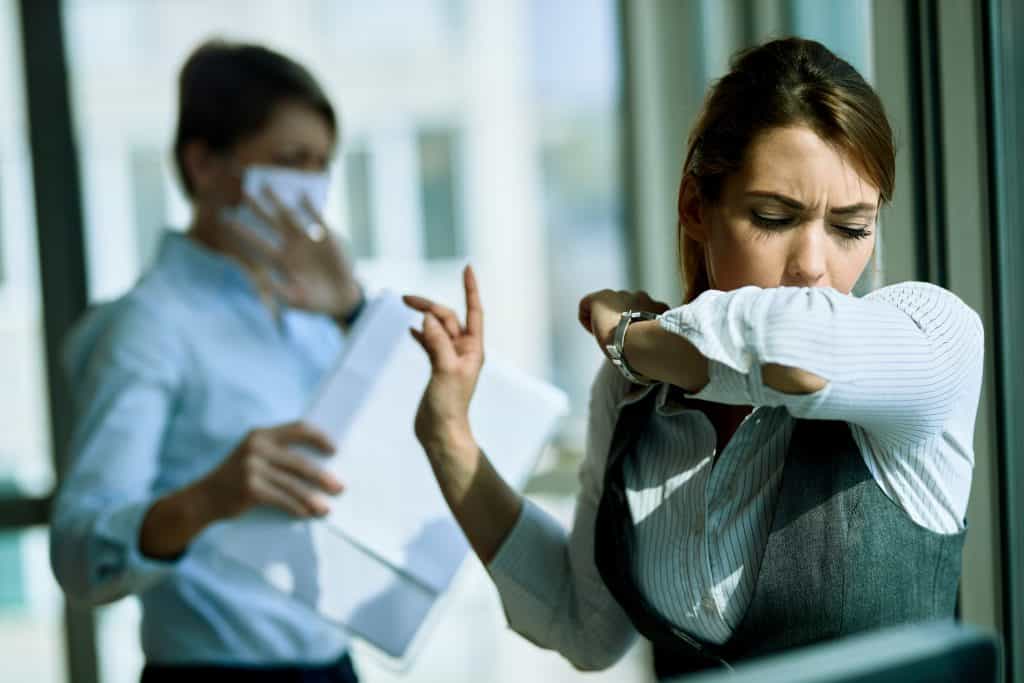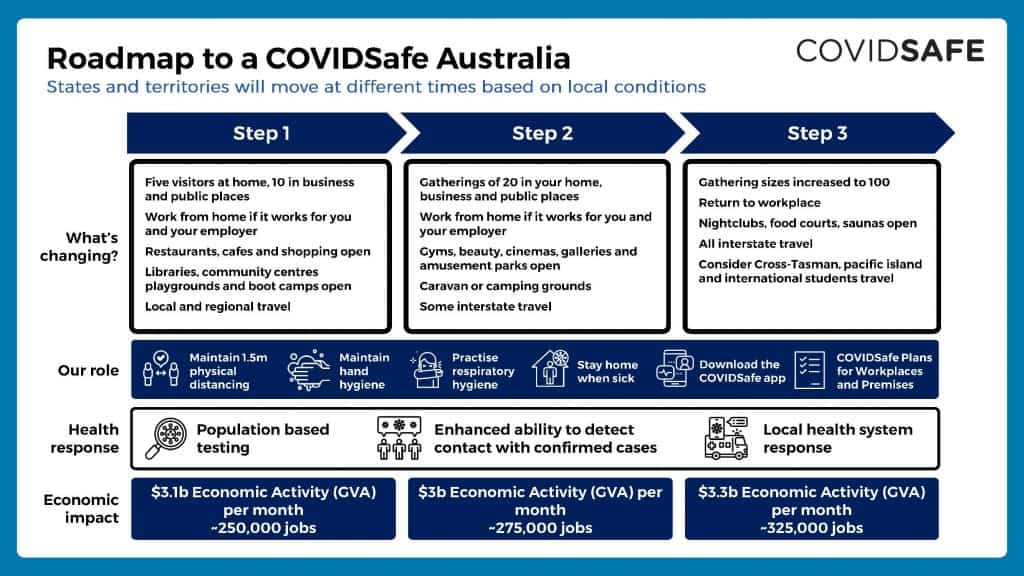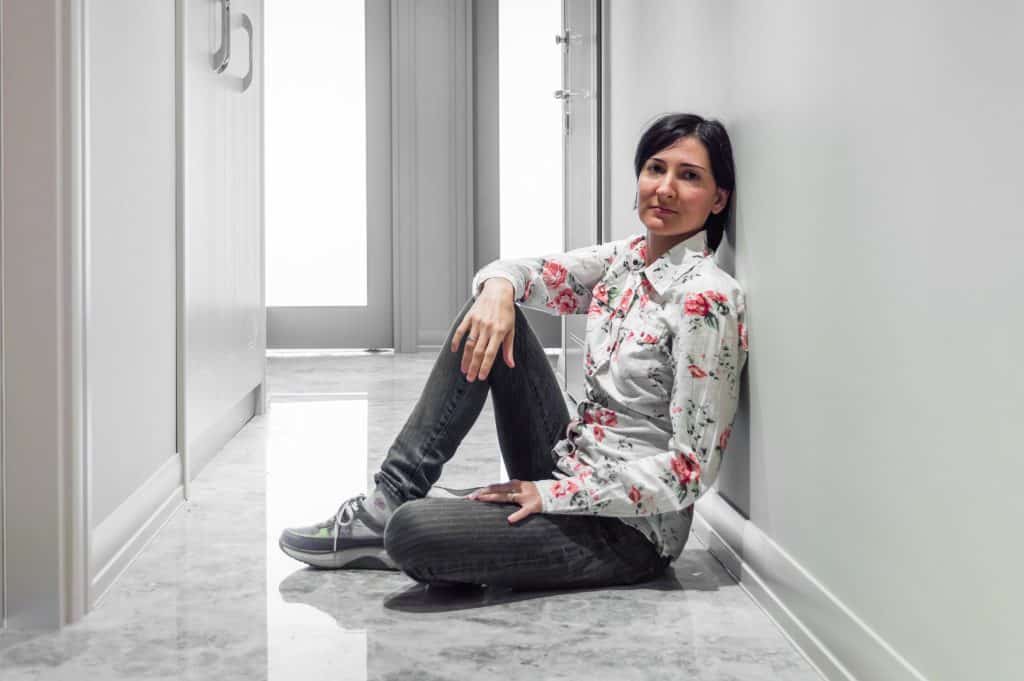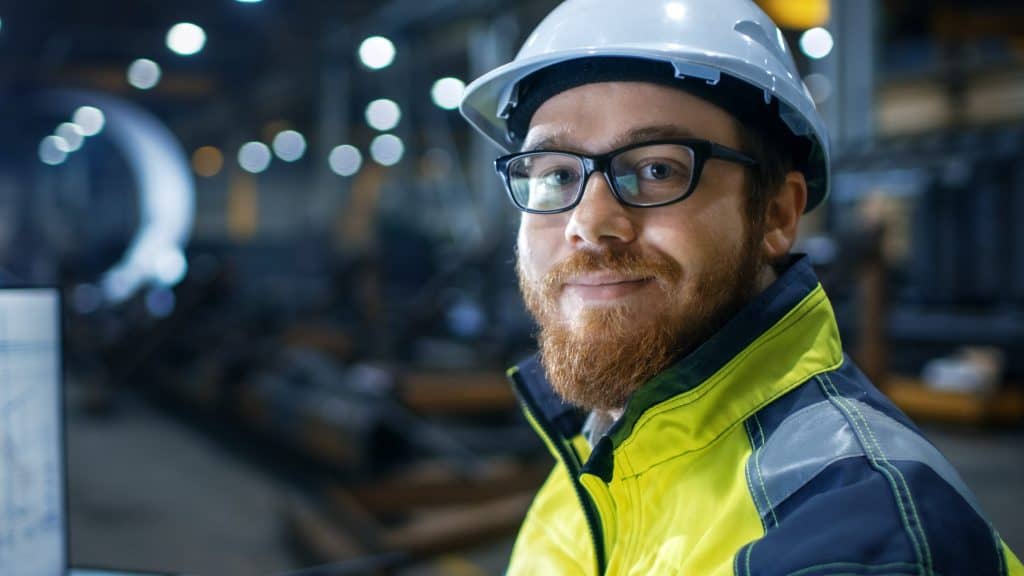Presenteeism has largely been analysed through the principles and managed through the actions of the Human Resources profession. The COVID19 pandemic has changed the presenteeism conversation. There seems to be more enforcement of occupational health and safety (OHS) obligations on employees to not present a hazard to their work colleagues and customers and, therefore, to remain home.
On May 5 2021, in Darwin, the Australian Labor Party’s Shadow Minister for Industrial Relations, Tony Burke, spoke about presenteeism at a Transport Workers Union meeting. He said that the COVID19 pandemic showed that “a third of the workforce in Australia didn’t have sick leave” and:







